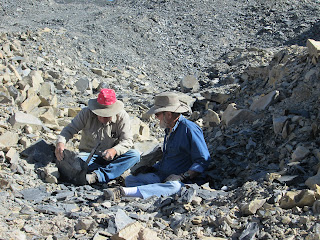Guess what? A few people are actually reading my blogs. How amazing! One friend did point out that my comments about trip planning were not very specific. She noted that everyone looks at maps and makes lists, what else do I do when confronted with the challenge of three months and more than 10,000 miles?
Step 1: Consult my battered 2006 Rand McNally Road Atlas and Travel Guide, pages 4 & 5, with the layout of the whole USA with all the interstates and “red roads” on it. (Canada is on page 129). Look at where we are and where we are going. I repeat this step hundreds of times during the planning process to remind myself of what we are getting in to.
Step 2: Go on-line to Rand McNally Mileage Calculator and get point-to-point mileage, a sketch of the route, and shortest distance driving directions.
Step 3: Divide 300 miles per day into the mileage and get the minimum number of driving days needed just to get from point A to point B. From Dothan, AL to Anchorage, AK is 4,445 miles, that’s 15 days one way or at least one month just to cover the distance out and back.
Step 4: Go on-line to the Good Same Trip Planning site (you must register to use it) and start playing with Itineraries. This site will give you a Personal Itinerary from the origination point to the destination point of your choosing with directions/route information, accumulated miles and time, remaining miles in times, location of rest stops, and other options of your choice. You can also indicate the kind of route you want (e.g. shortest, only interstates, scenic, certain road numbers, etc.) I love this site because of the way it formats the itinerary and it is fast. I use the road atlas to “try out” different possibilities on the GS site, changing my origination and destination points to reflect places we might want to visit and I usually print out a bunch of different itineraries to cover Plans A through Z.( I have kept the itineraries from previous trips and have notes scribbled all over them.)
Step 5: The format of the GS itinerary allows me to see where our overnight stops should be. I look at the accumulated miles column on the left and see about where we will be when we have traveled 250 to 350 miles. Back to the Atlas to see what towns are in that area? At this stage I also use National Geographic Road Atlas: Adventure Edition, because it shows all the National Parks and lots of other scenic attractions.
Step 6: Back on-line to RVpark reviews. Armed with the names of the towns in my targeted area (250 to 350 miles out), I check to see if there are reviewed campgrounds in the area. I might also do a search on the RVNet Open Road Forum. If all else fails, I will resort to using Woodall’s North American Campground Directory. I also use Don Wrights’ Guide to Free and low cost Campgrounds. I make brief notes on my GG Itinerary regarding the location, ratings, etc. of potential overnight stops. I rarely make reservations ahead of time unless it is a holiday weekend.
Step 7: I continue to check on our projected routes (I usually have at least three), adding 300 miles to the distance from our last stop to get an idea of how we will progress. I am also beginning to explore the attractions and activities that we might enjoy along the route and thinking about places where we will want to stay over for a day or two. More about that later.











